A person who is first faced with the question of determining the polarity may well make a mistake when connecting one or another electronics. Meanwhile, such errors can lead to equipment failure. The same applies to the incorrect connection of the phase and zero when switching some devices. How to decide on the color coding so as not to damage the equipment and ensure its normal operation? Today we will deal with the definition of polarity, the purpose of red and black conductors in DC networks, which of them should be a plus and which should be a minus.
Read in the article
- 1 Color-coded wires and cables in AC networks
- 2 The colors of the wires in the DC networks: what you should pay attention to
- 3 Checking the connection with a multimeter
- 4 Other methods for determining the polarity
- 4.1 Polarity detection with LED
- 4.2 Computer fan, or cooler, and its help in determining the polarity
- 4.3 Simplest check with raw potatoes
- 4.4 Using Plain Water in Polarity Determination
- 5 How knowledge of color coding can be useful in everyday life
- 6 Determination of grounding, neutral and phase in AC networks
- 6.1 Option number 1: if there is an RCD on the line
- 6.2 Option # 2: Using a Multimeter in Voltage Measurement Mode
- 6.3 Option # 3: not worth repeating
- 7 Safety and Precautions
- 8 What to do if color coding is not observed
- 9 Summing up
Color-coded wires and cables in AC networks
In Russia, the generally accepted color coding appeared relatively recently. Previously, all the conductors were white or gray, which made wiring difficult. Then the manufacturer began to produce cables with a colored stripe along the core (red, blue, black). Well, now Russia has come to an international labeling standard.
At the moment, the purpose of the core can be determined by the following colors:
- yellow with green stripe - grounding;
- blue - working zero (neutral);
- all other colors - phase wires.
Thus, by observing the color coding, installation becomes much easier.
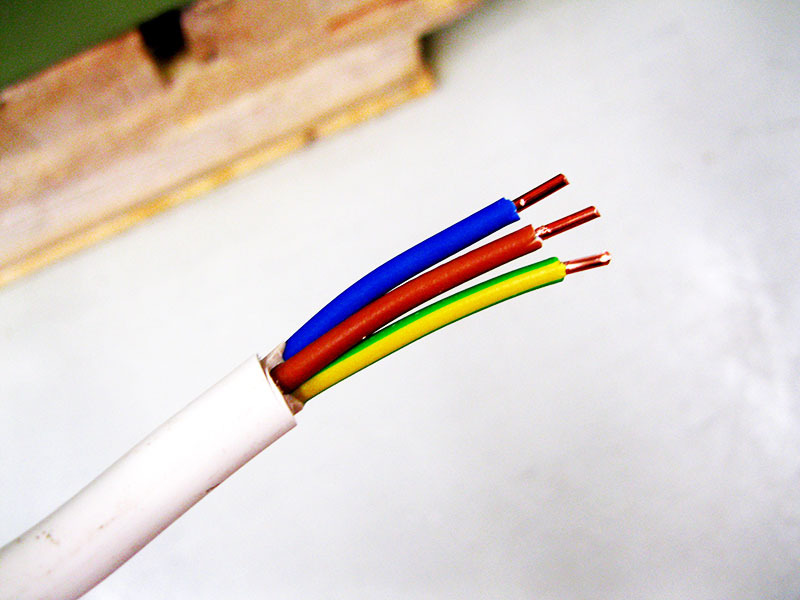
The colors of the wires in the DC networks: what you should pay attention to
In DC voltage networks often can be found only two wire colors - red and black. The fact that there are no more phases and ground. a plus and a minus there in such networks. Under the rules of commutation, the red wire always will be a plus, respectively, ̶ black net. Remember it's easy.
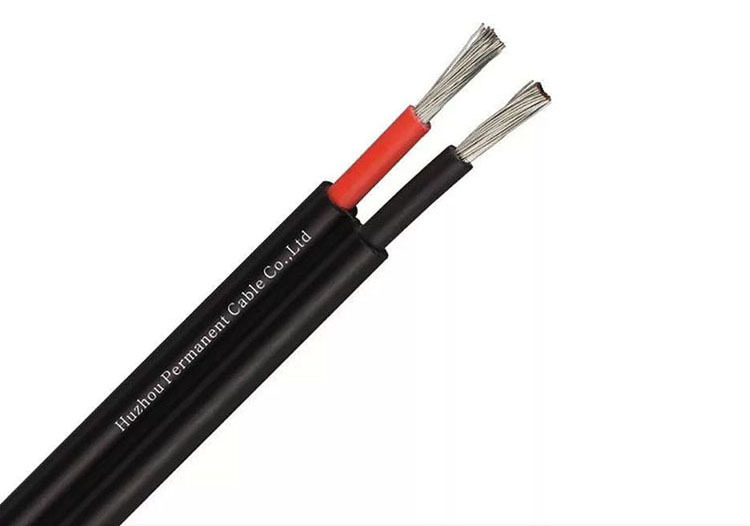
As it is known, the charge always moves from positive to negative. So, here is dangerous only positive wire on which there is a charge. That is why it is marked with the danger of color - red. As for the minuses, it is perfectly safe, and therefore black.
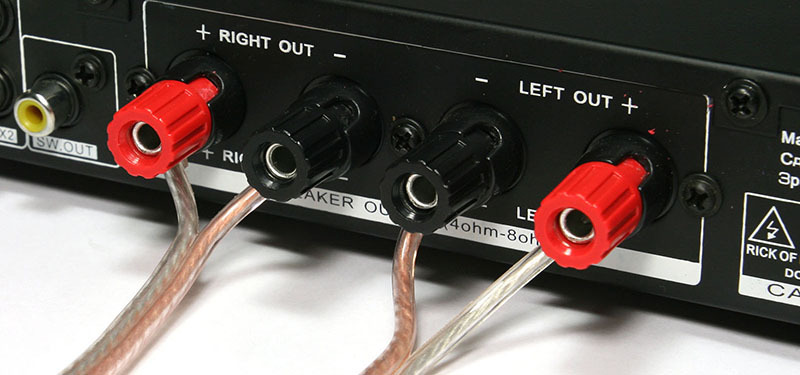
Checking the connection with a multimeter
If a handyman is not sure of the connection lived in the DC network, the marking can easily be checked with a multimeter.
To do this:
- Set the switch at the appropriate position on the DC voltage measurement.
- Connect it to the probes (black ̶ the slot «com», and the red ̶ in «V» jack).
- Touch probes to the wire, observing the color coding.
Now we need to look at the display multimeter. If before there was highlighted the value with a minus sign, then switching wires is incorrect. The absence of a minus sign indicates the right connection.
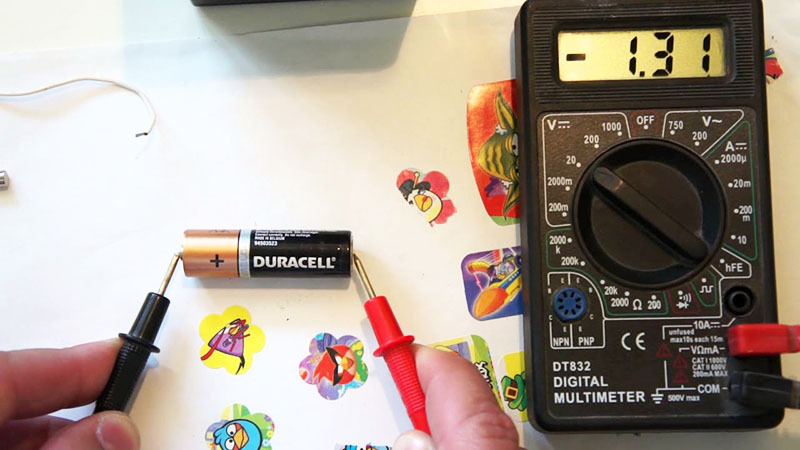
Other methods for determining the polarity
In addition to a multimeter, polarity can be determined in other ways, using such improvised means as an LED, a computer fan, or even raw potatoes. It makes sense to consider these methods in detail so that DIYers can use them if necessary.
Polarity detection with LED
When purchasing a new LED, you will notice that one of its legs is slightly longer than the other. It is this long leg is the anode, to be supplied to a positive charge. Accordingly, a minus must be applied to the shorter leg (cathode). When connected correctly, the emitter will glow. If the commutation is incorrect, the LED will show no signs of life.
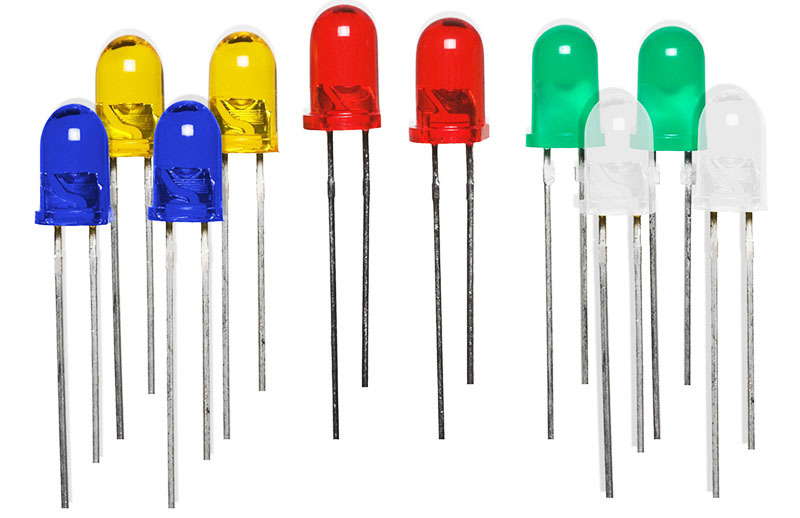
Computer fan, or cooler, and its help in determining the polarity
You can also check compliance with the color coding using a cooler from a computer. On such a device, you can see two wires - red and black. Sometimes you can find a cooler with a third yellow wire. But it goes to the speed sensor and is completely useless to check the polarity.
The cooler is connected to the tested wires. The rotating blades of the fan will tell you that the polarity has coincided. If the connection is made incorrectly, the fan will not give any signs of life.

Simplest check with raw potatoes
The most basic of all polarity testing methods in existence is raw potatoes. To bring it to life, you need to cut the root crop into two parts, and attach the veins to be checked to the cut at a distance of 2 mm from one another. Literally in 3-5 minutes a greenish spot will appear around one of the veins. This will be a plus. As you can see, all ingenious is simple.

Using Plain Water in Polarity Determination
Another elementary way to determine polarity is to use plain water. It is required to pour it into any cup, and then lower the wires into it. The distance is the same, 2 mm. Almost instantly, hydrogen bubbles will go from one of the contacts. It is this wire that will be negative. In physics, such a reaction is called electrolysis.

How knowledge of color coding can be useful in everyday life
Knowing the color coding in everyday life can come in handy, for example, when connecting audio speakers. If the polarity is not observed when switching them, then the speaker will emit background noise, and there will be no talk of any listening to music here. However, in addition to the color coding of the conductors in DC networks, the home craftsman also needs to know about AC cables. After all, the fact of determining the phase, zero and grounding is of great importance here. This is what will be discussed below.
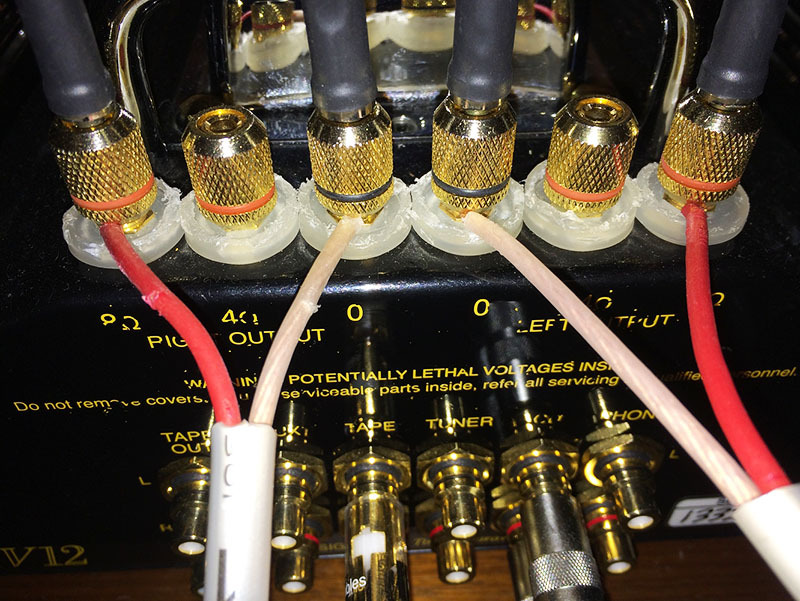
Determination of grounding, neutral and phase in AC networks
Very often all the wires, especially in old houses, are white or gray without any color coding, or they are confused due to the work of an unskilled electrician. In this case, it is very important to determine which of the conductors is phase, neutral and ground. As for the phase wire, there are no special problems in finding it, for this it is enough to have a simple indicator screwdriver. But it is sometimes very difficult to distinguish a ground wire from a zero wire. Now let's look at several ways to solve this issue.
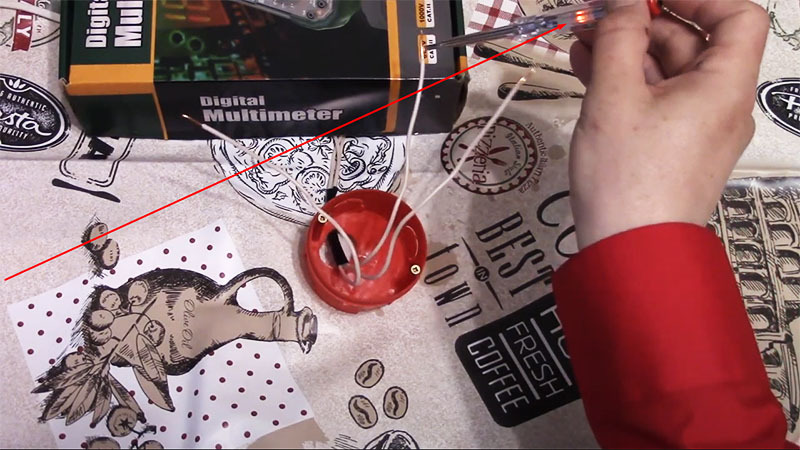
Option number 1: if there is an RCD on the line
Residual current devices very often save lives. But it can also help in checking the lives. After the phase has been identified and marked, it should be insulated and set aside. But you can work with the remaining wires.
It is necessary to take a separate conductor, one of the ends of which is connected to a battery, water pipe or other grounded point. With the second end, you need to alternately touch the veins to be checked. When grounding contacts zero, a cut-off will occur, an RCD will operate. If you touch the ground, nothing happens.
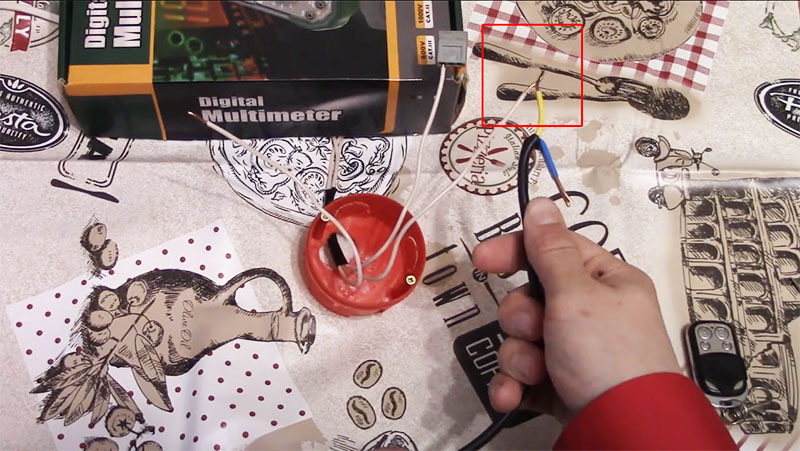
Option # 2: Using a Multimeter in Voltage Measurement Mode
A well-made grounding will not allow separating grounding from zero based on the difference in readings, which means that it is necessary to act more cunningly. First of all, in the switchboard, you need to throw off the ground wire by disconnecting it from the bus. The rest is simple. There will be no voltage between ground and phase, while with a neutral wire the device will show the required 220-240 V.
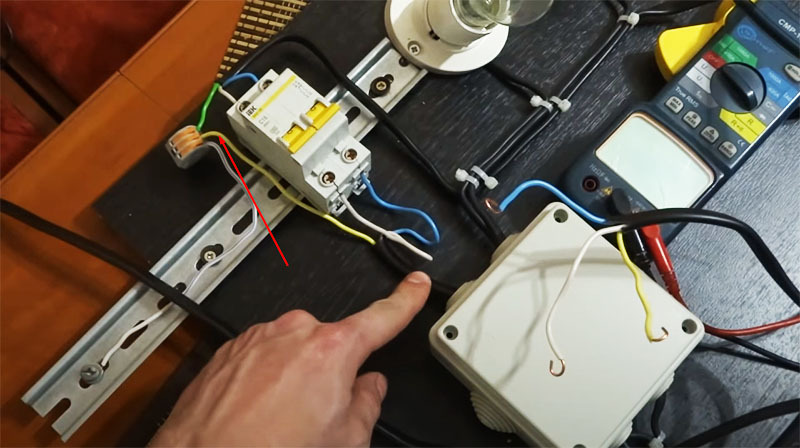
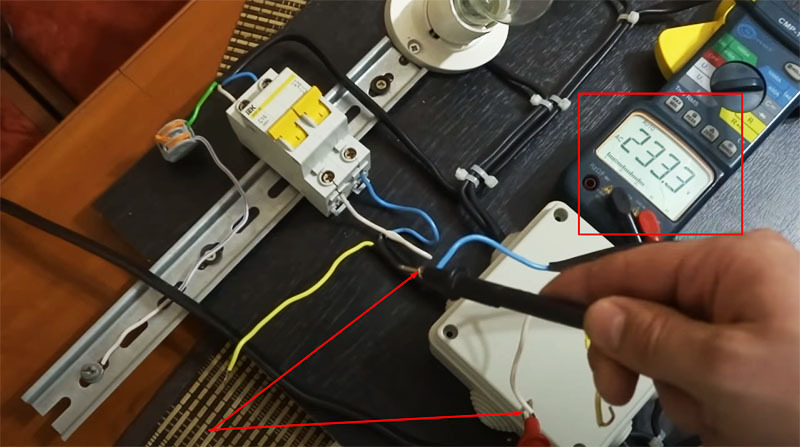
Option # 3: not worth repeating
It is undesirable to implement this method of verification. It is presented here for informational purposes only. Better to use the previous methods.
To begin with, the introductory machine is turned off without fail. Further, the phase and zero contacts are bridged. Now if you put the switch of the multimeter in the short-circuit sound signal (diode continuity), then you can easily find zero. The remaining wire, respectively, will be ground.
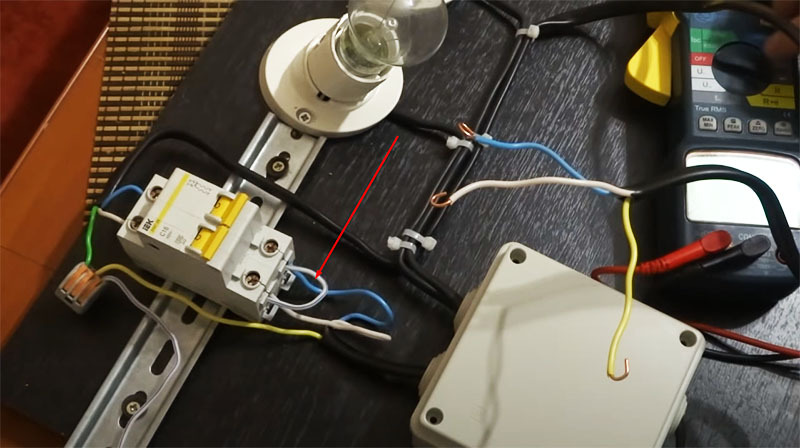
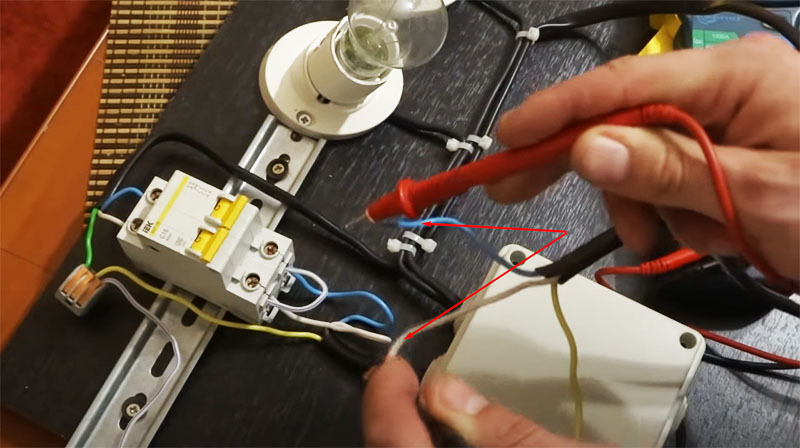
Safety and Precautions
When taking on work related to electricity, it is necessary to remember that electric shock is dangerous not only for health, but also for human life. Therefore, here it is necessary to strictly observe all safety precautions and regulations.
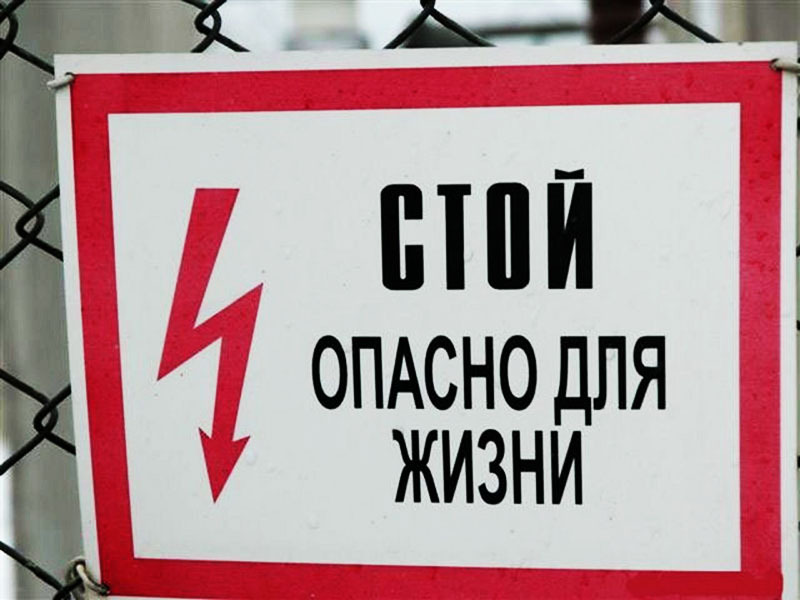
The electric point with which the work is carried out must be turned off. The supply of voltage to it is allowed for a short time to check the phase and other conductors of the wire. In this case, the home master must be extremely careful not to allow touching live parts.

It is also important to use personal protective equipment, namely ̶ rubber gloves, a dielectric mat. The tool used by the home craftsman is very important. The handles of screwdrivers and pliers must not be chipped or cracked as this could result in an electric shock.
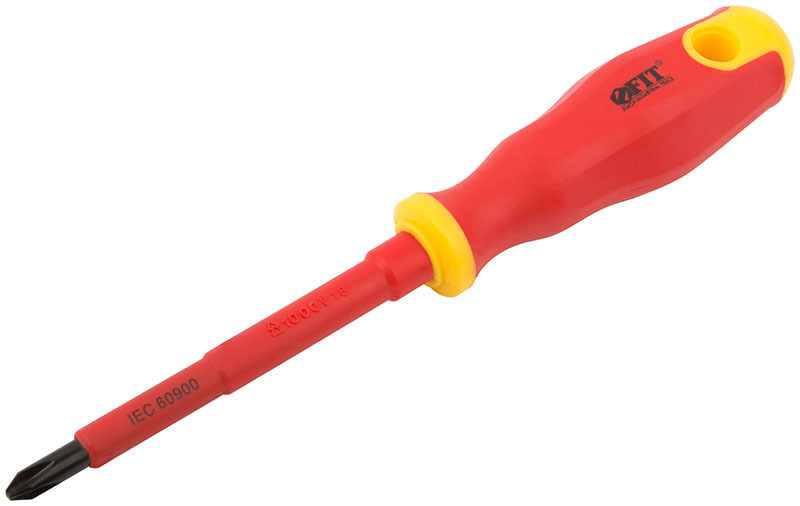
The most important! If the home craftsman has even the slightest doubt that he is able to perform electrical work, it is better to seek professional help. Electricity is a bad joke, it does not forgive this.

What to do if color coding is not observed
There are three options for the development of events. First, you can simply leave things as they are. The problem of this option can be called the difficulties that will arise later if it is necessary to repair the power grid.
The second option is to completely rewire the network by correcting the switching in the switchboard. This process is long, painstaking and requires utmost care. After all, it is known that it is much easier to perform installation from scratch than to redo the finished one, correcting other people's flaws.
The third option is more acceptable. It is possible to mark each wire in the panel and at the point of consumption with electrical tape using blue, yellow with a green stripe and red (black, green) colors.
Summing up
Compliance with color coding not only simplifies the installation of networks in both AC and DC. Compliance by color facilitates maintenance and repair. If all the conductors of the cables ̶ are of the same color, then during installation it is better to indicate the purpose of each of them using tags or colored electrical tape. It must be remembered that the correct observance of polarity, or phasing, is the key to the durability of household appliances and electronics.
We very much hope that the information presented today will be useful to our dear reader. Editorial HouseChief happy to answer your questions, if any, have arisen in the course of reading. From you only need to explain the essence of the discussions below. There you can comment on what they read, to express a personal opinion on the subject of the article. If you liked it, do not forget to rate it. Your opinion is very important for our development. And finally, on the existing good tradition, we offer you the video, which is more fully reveal the current topic.
